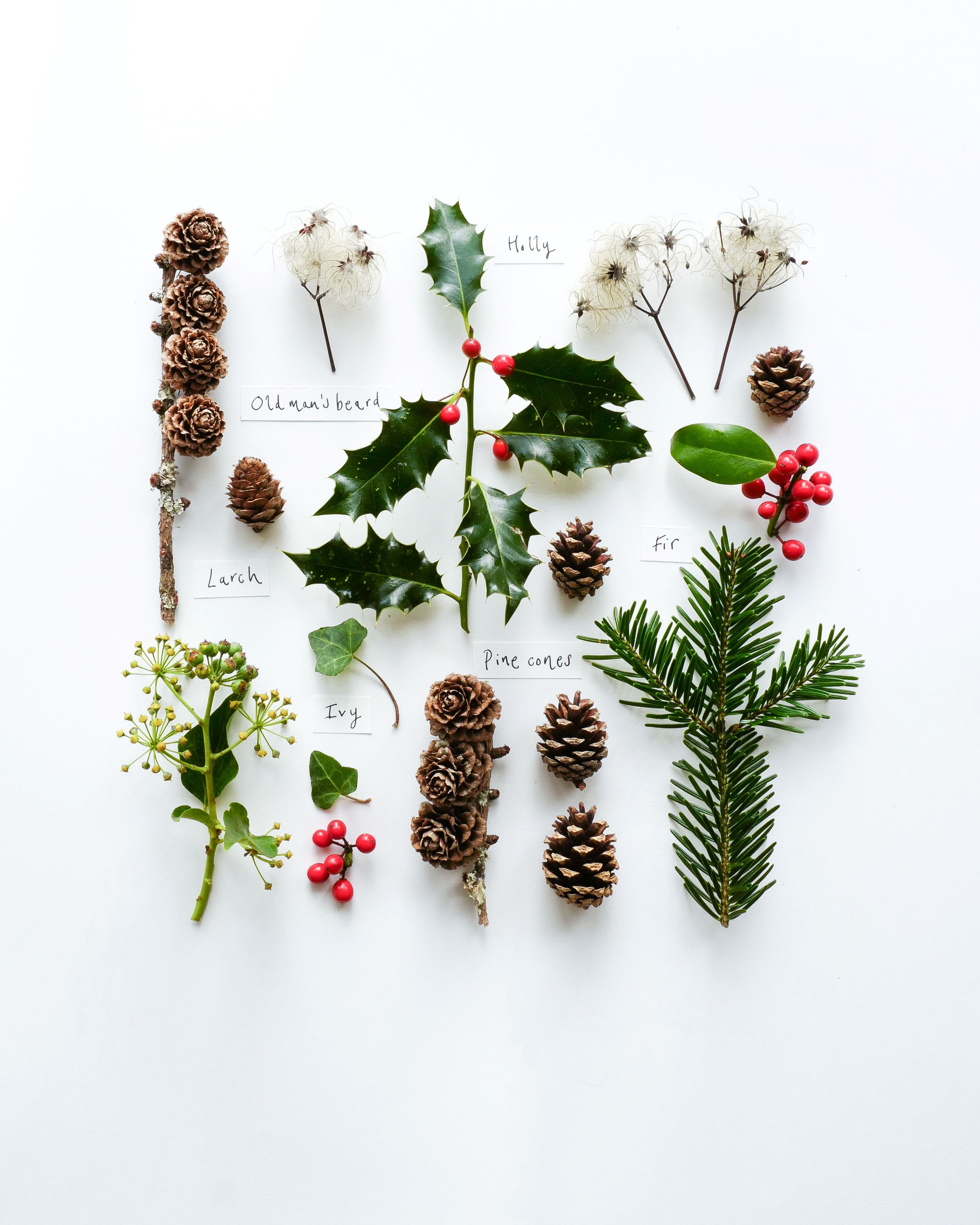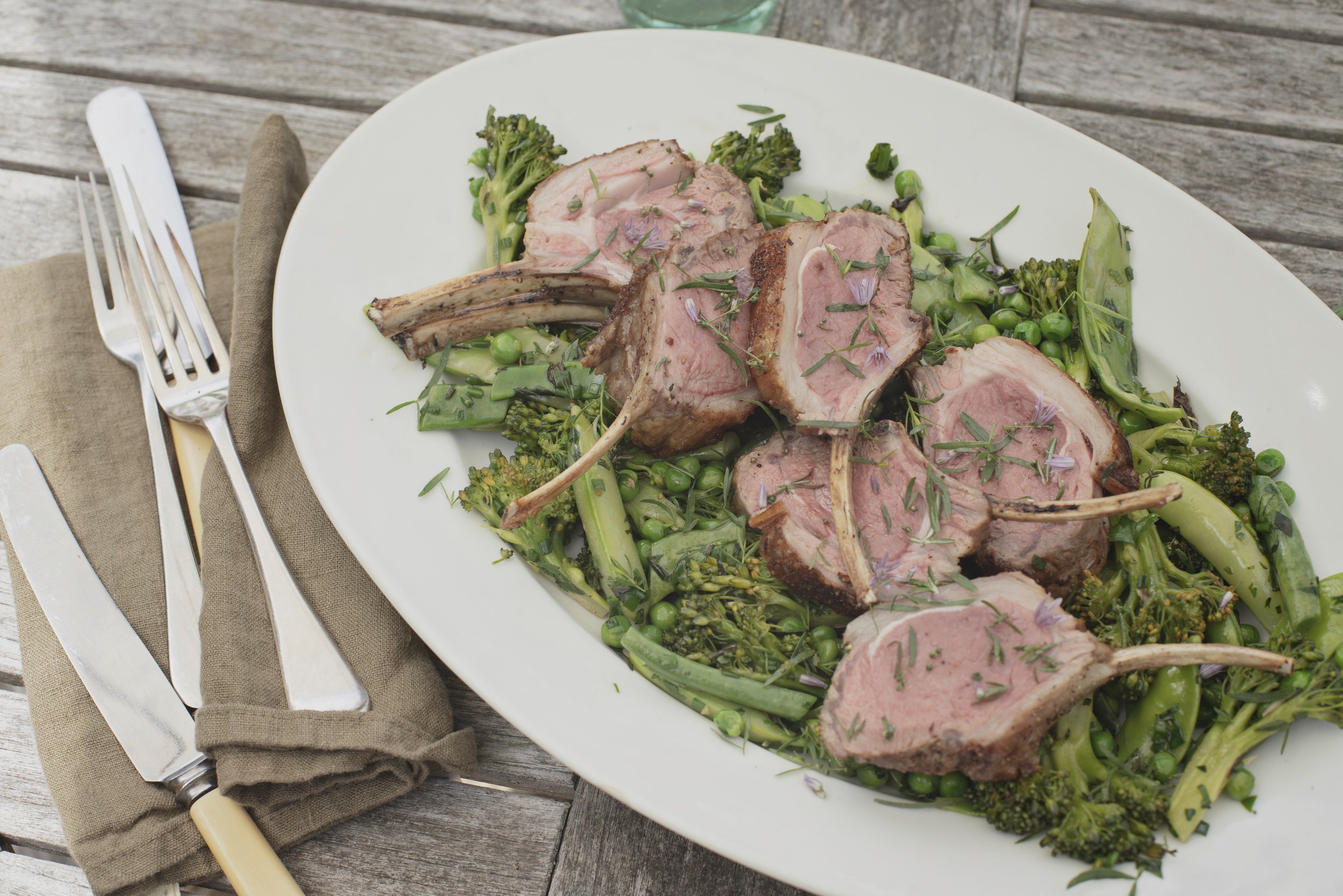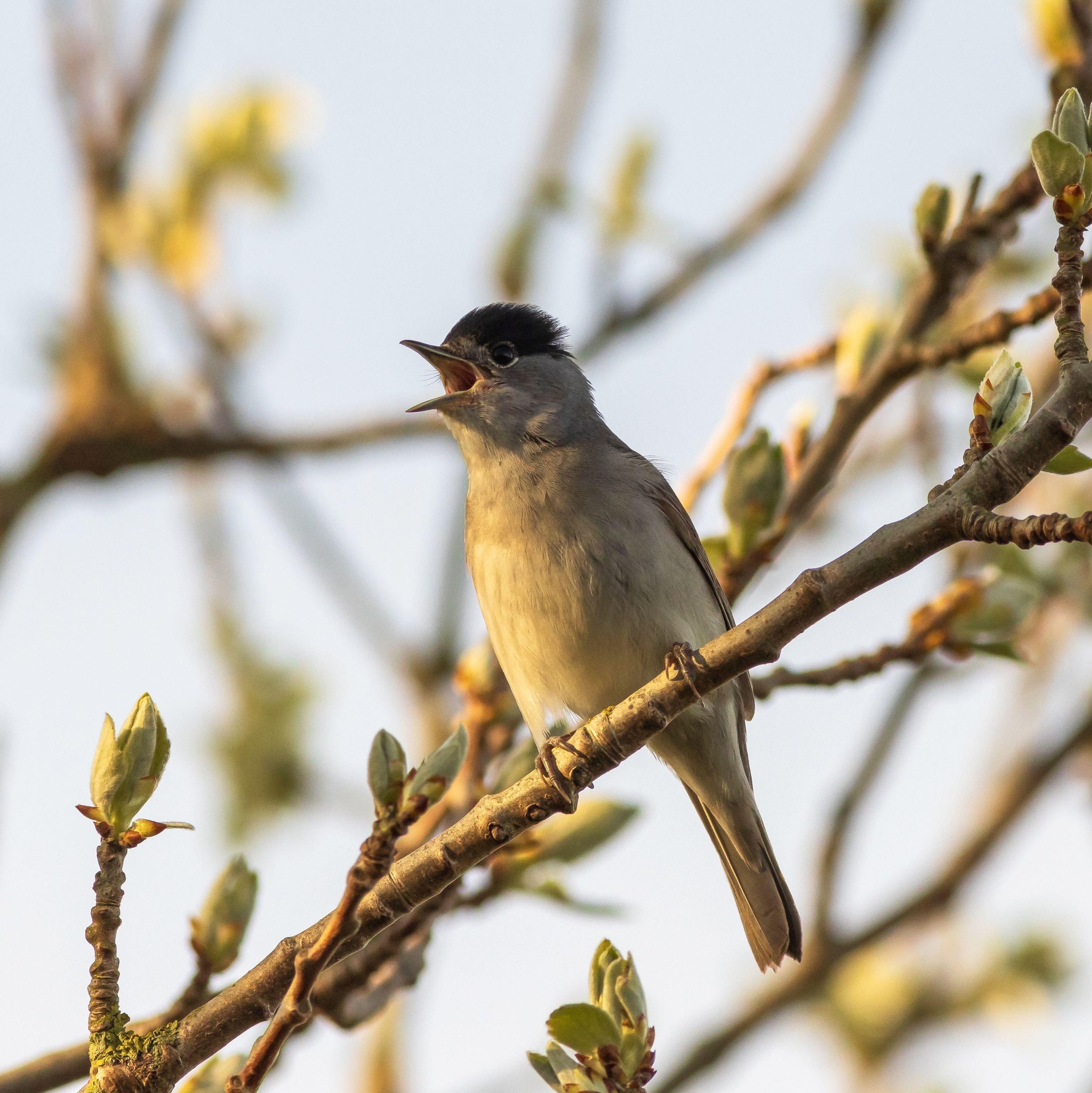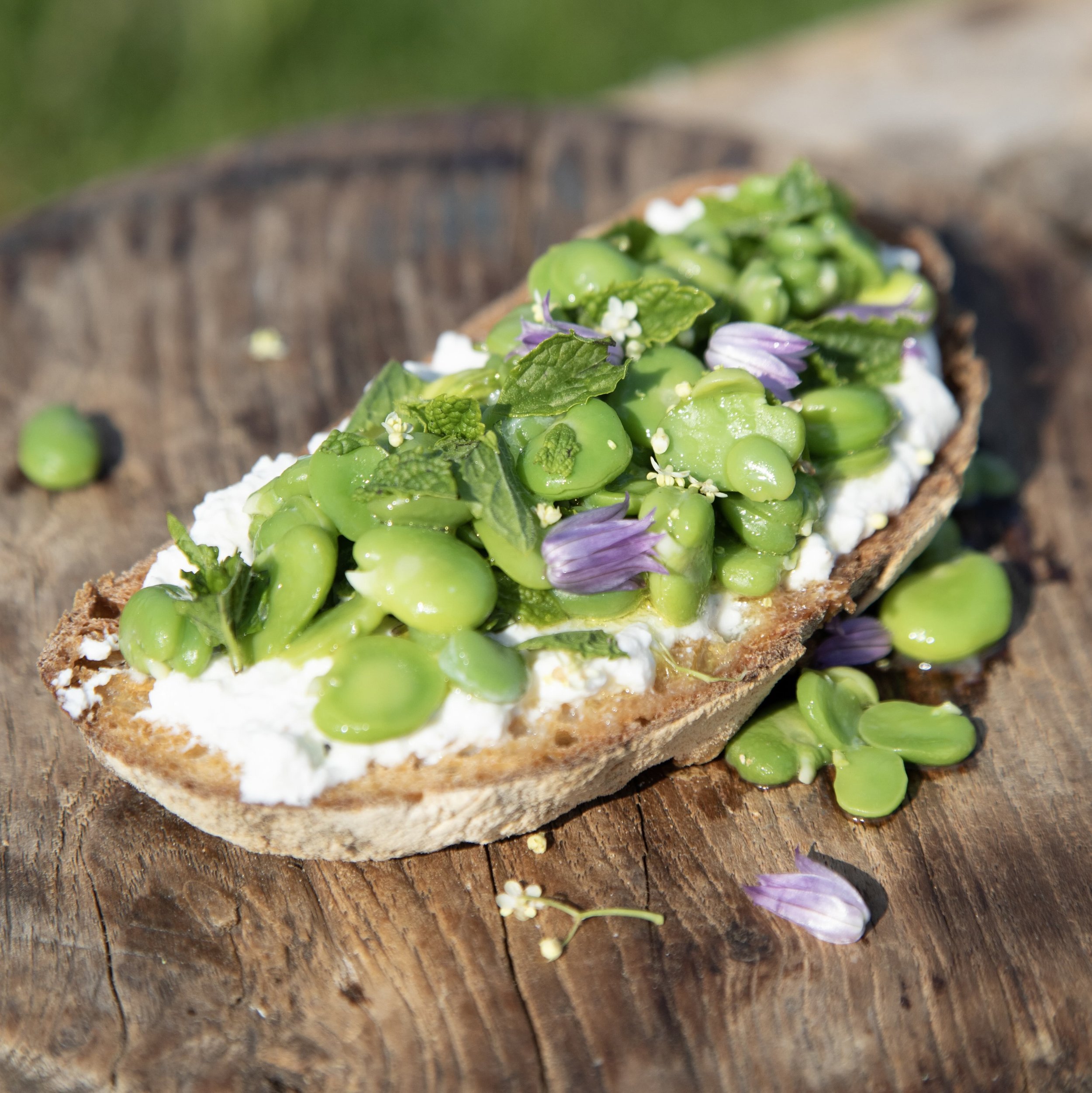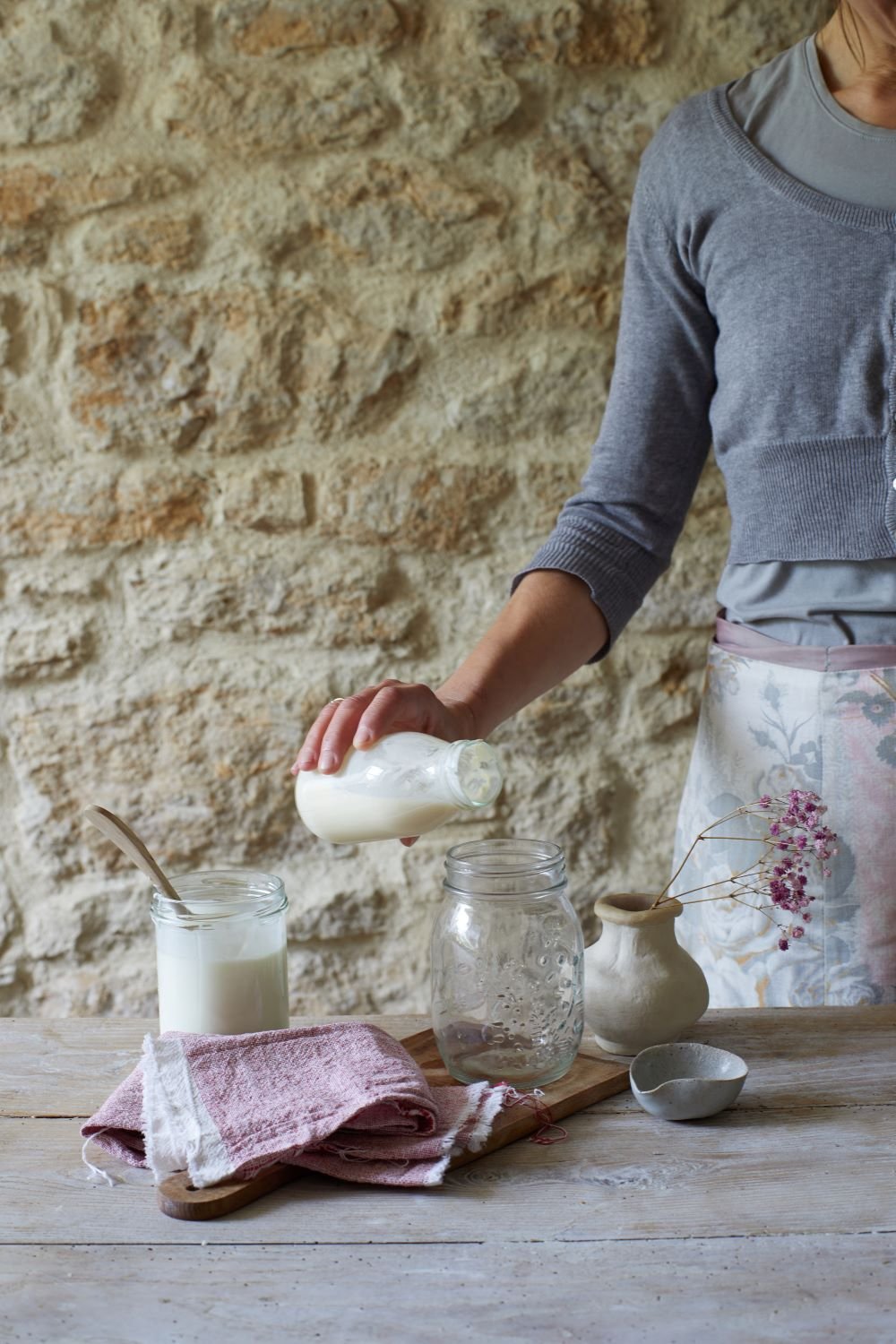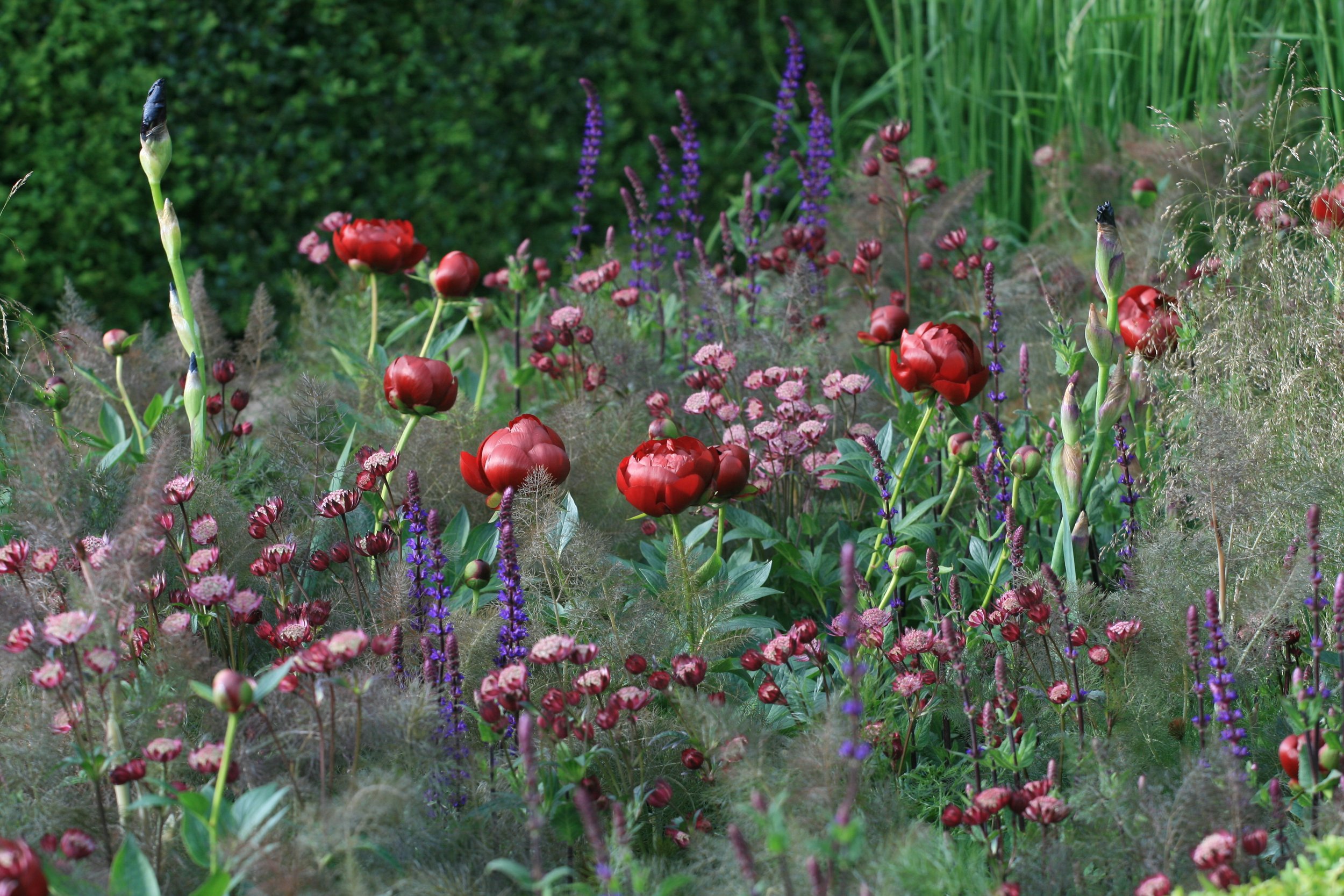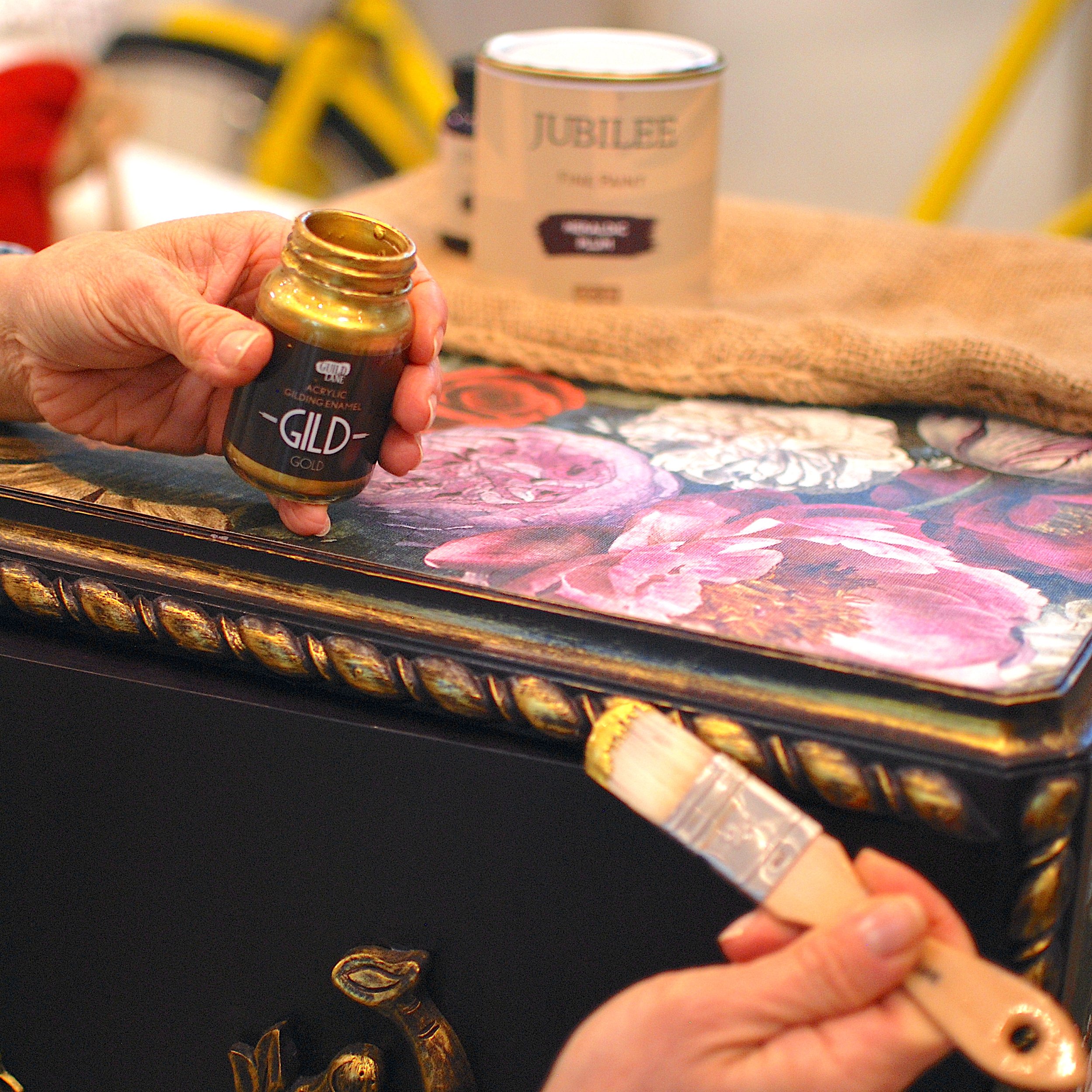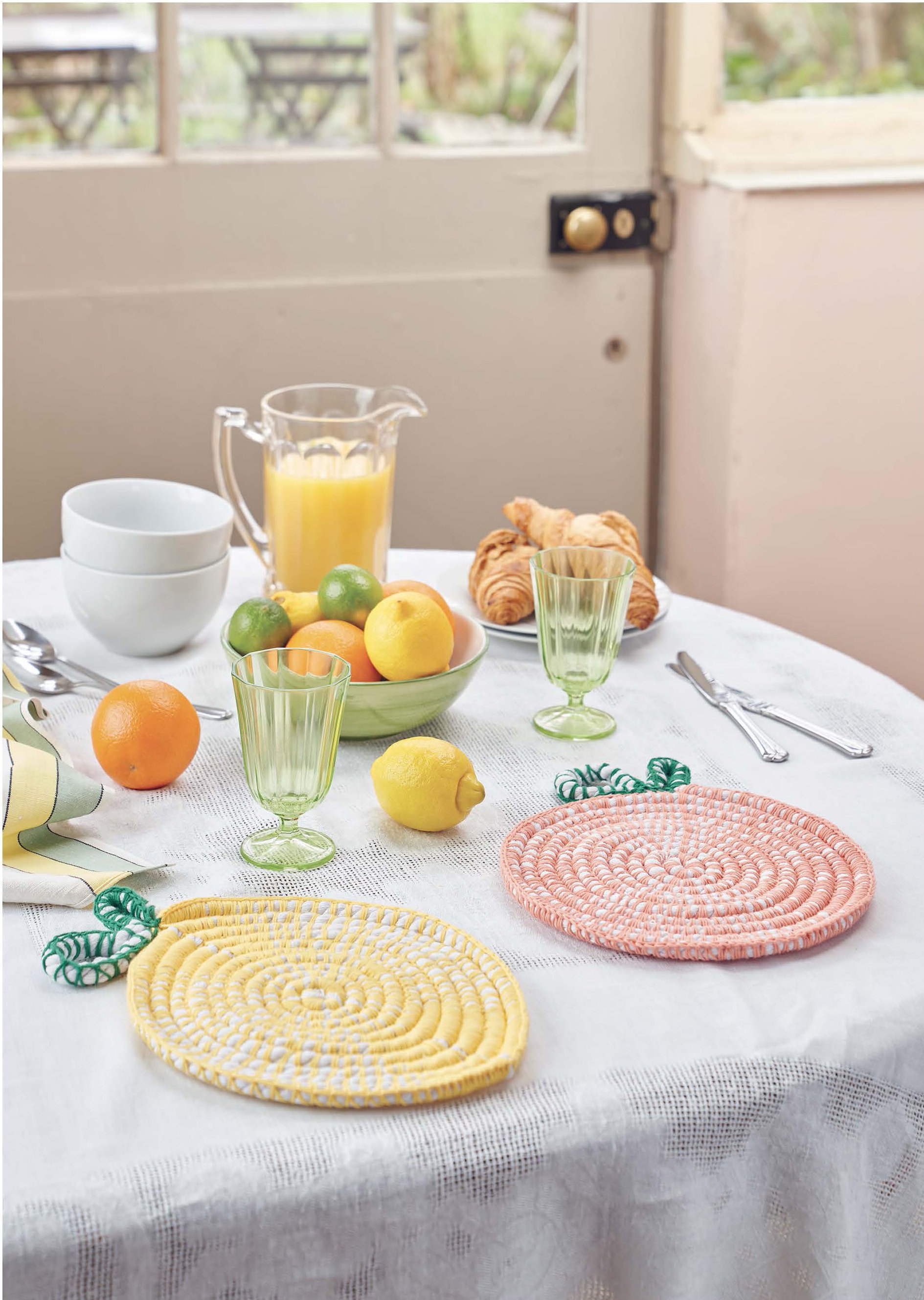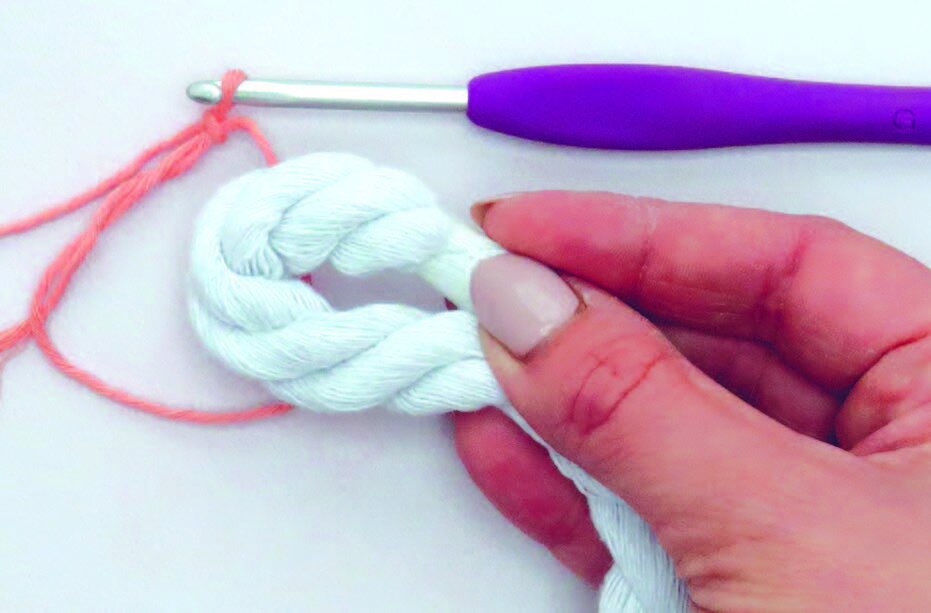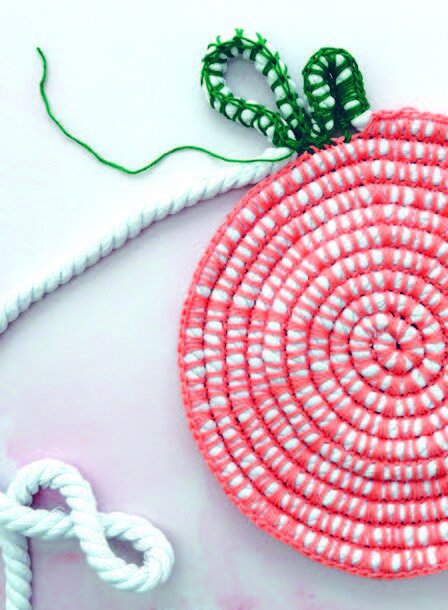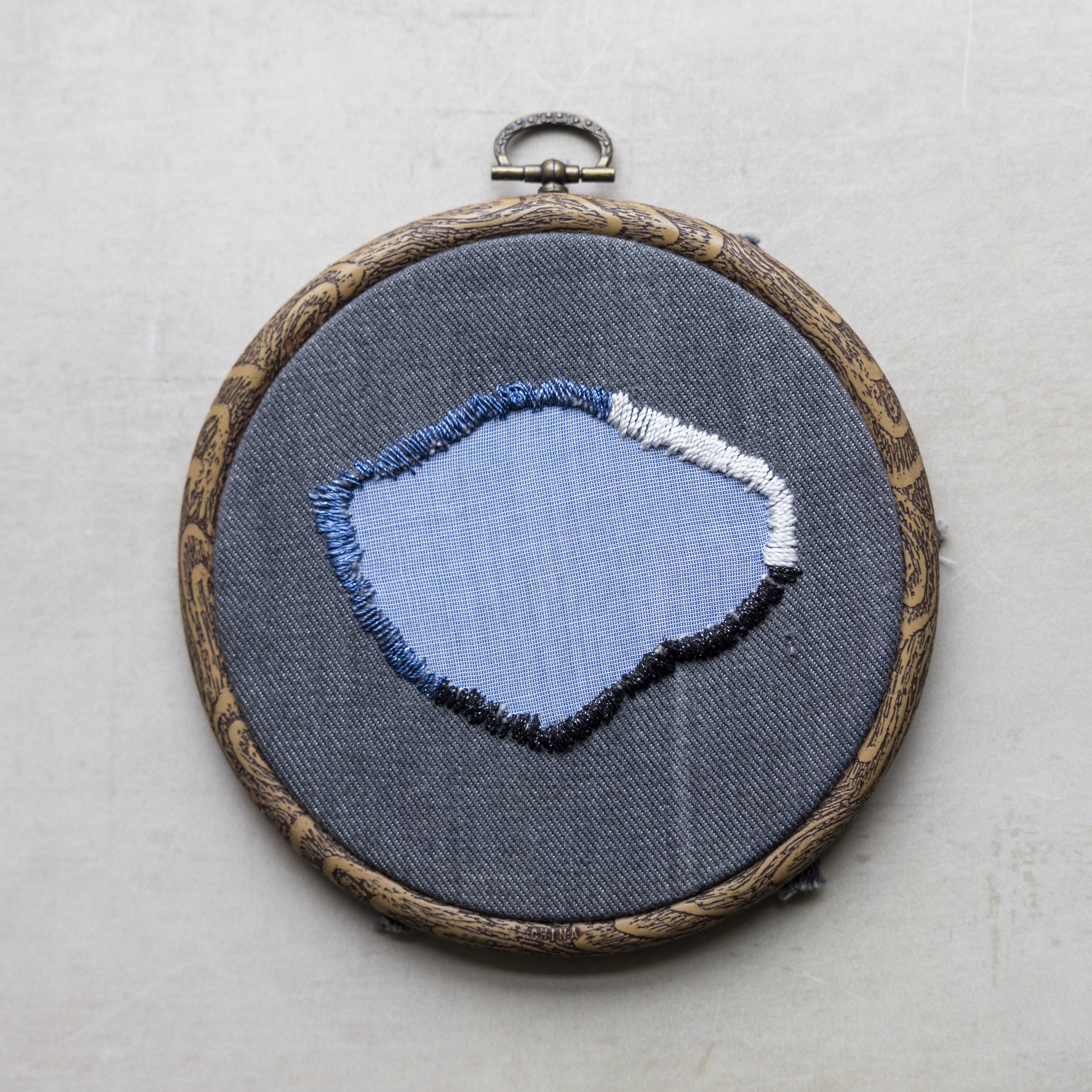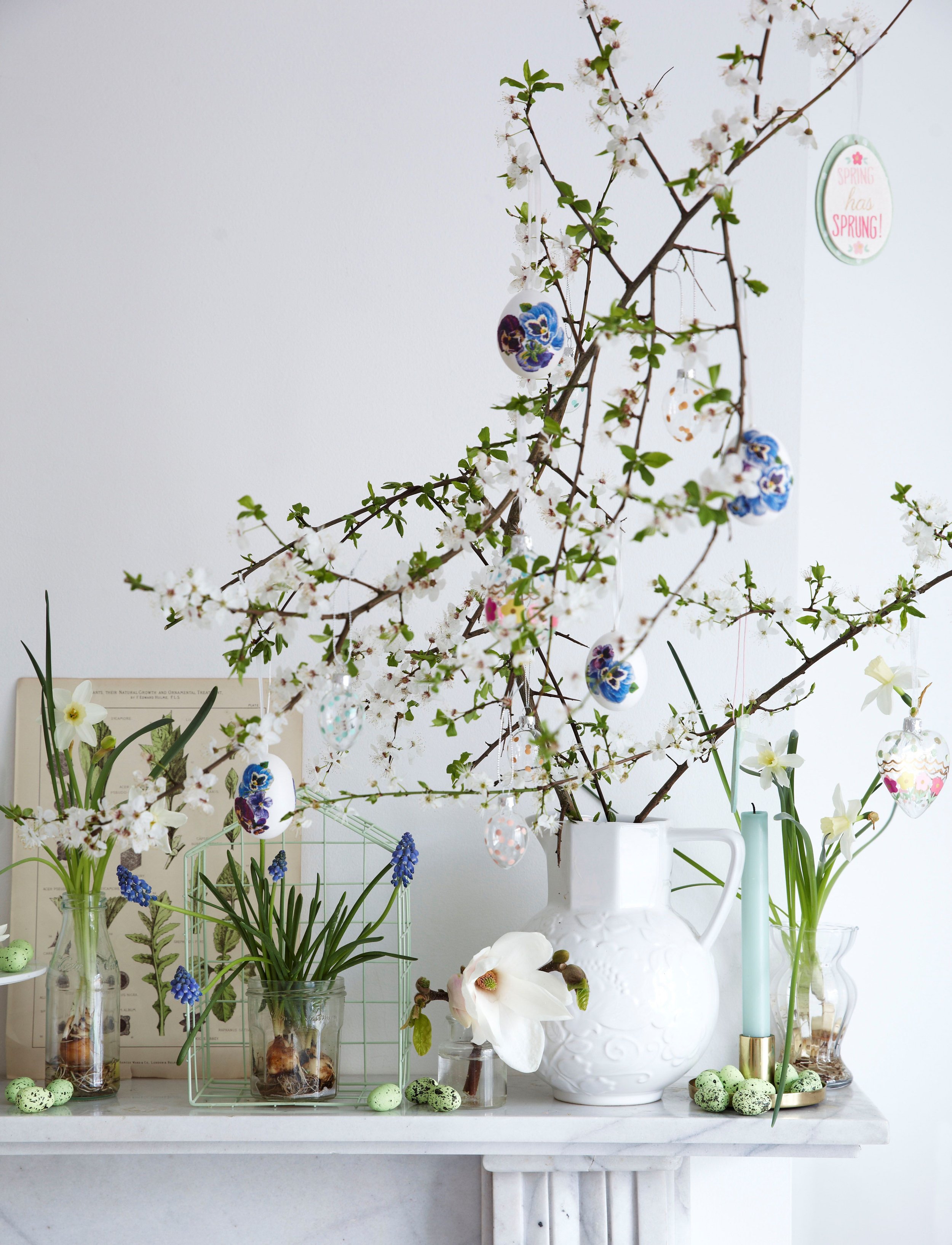Think you know everything about hedgehogs? You might be surprised by how many hedgehog ‘facts’ are in fact fiction. To avoid the little fellers getting too prickly about things, we’ve unearthed the truth about some common hedgehog myths.
1. Hedgehogs use their spines to collect apples and fungi
Afraid not. They may look very sweet, drawn with little pieces of fruit on their back, waddling off to store them safely in their cupboards (Brambly Hedge style) for winter, but they don’t really do this. Firstly, they don’t eat apples. Secondly, they don’t store food; they simply eat what they need when they need it. Thirdly, if they did do this, how on earth would they retrieve the apples from their spines anyway?
You can be forgiven for being taken in though, as this myth dates back centuries. In mediaeval times, hedgehogs were frequently shown in illuminated manuscripts rolling on fruit and carrying it away. Even the Roman Pliny the Elder mentioned it in his Naturalis Historia. But both examples are more Miss Tiggy Winkle than David Attenborough.
So, if you see a hedgehog with an apple stuck to its back, you can remove it and know you have done the hedgehog a favour.
2. Hedgehogs love milk and will even steal it from cows.
No. Dairy farmers, relax. Firstly, they are lactose intolerant, but quite how anyone ever believed a hedgehog (even standing on tippy toes) could reach a cow’s udders or that a cow would put up with it for a moment, we are not sure. But it is an interesting myth that has persisted over the years.
3. They are riddled with fleas.
Like all creatures, some hedgehogs will have fleas but they are not particularly known for it. Also, hedgehog fleas are specific to hedgehogs so they won’t give you or your pets fleas, even if they do have them.
And here are a few hedgehog facts that might sound like nonsense but are in fact, true.
1. They weren’t originally called ‘hedgehogs’.
They were actually once known as ‘urchins’ and sea urchins are named after them as they also look kind of round and spiky.
2. They shed their spines, even though you never see them.
We don’t know why you never see hedgehog spines just littering the pavement either, but the fact is that each spine on a hedgehog’s back only lasts about a year before it is shed and a new one grown in its place.
3. Their collective noun is most confusing.
Hedgehogs are very rarely seen in a group; they are solitary creatures. However, they do have a collective noun, just in case. A group is called an ‘array’ of hedgehogs, which is also confusing because there isn’t much of an array available. Although there are 15 species of hedgehog across the globe, there is only one species in the UK - the European Hedgehog. So if you do see a gang of hedgehogs, it will likely be more of a uniform collection than an array.
If you’d like to know more about hedgehogs, you might like to read our feature ‘Prickly Customers’ in our April issue, which is taken from Ghosts in the Hedgerow by Tom Moorhouse (Doubleday).
Buy this month's The Simple Things - buy, download or subscribe





